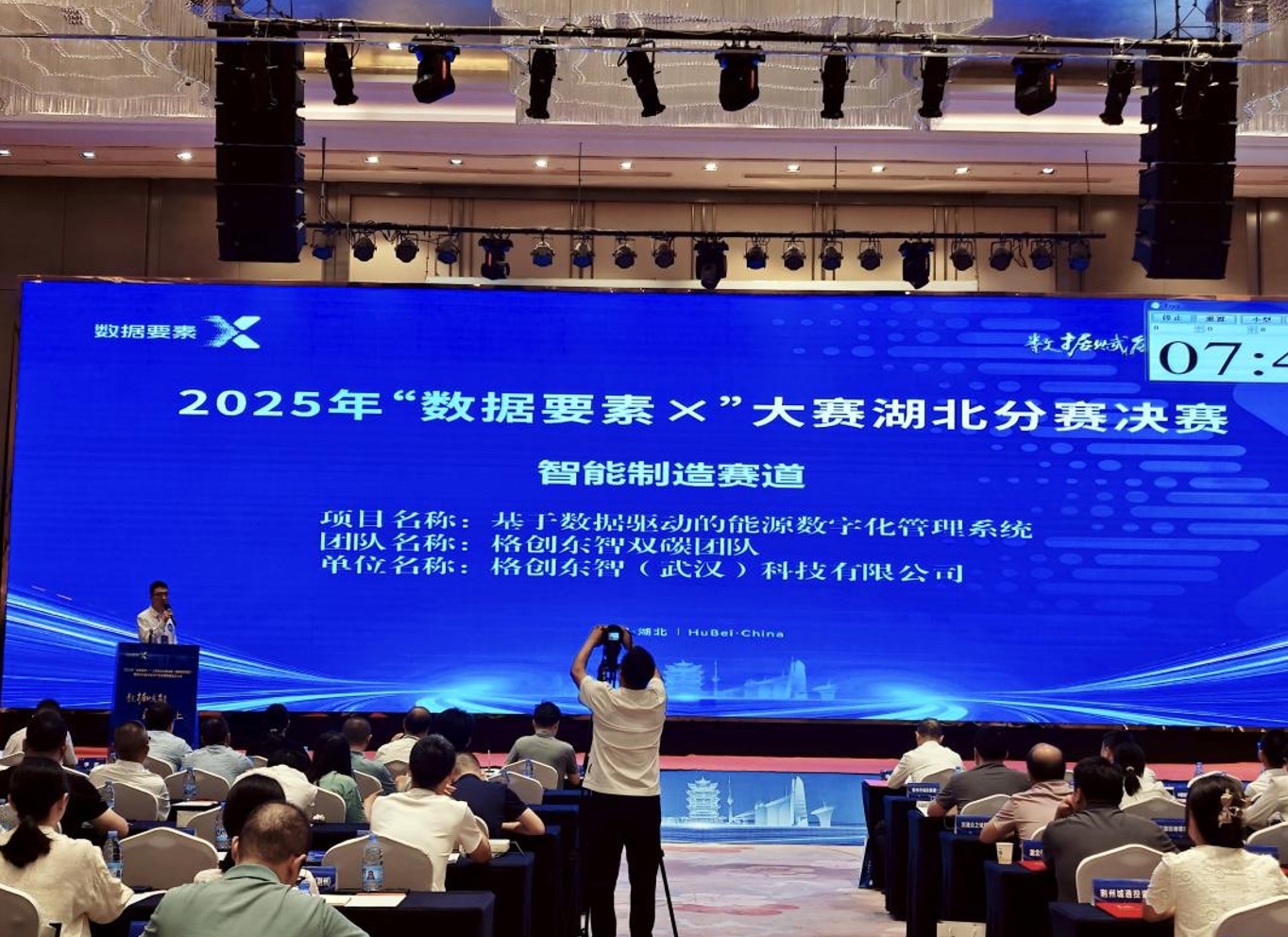How is a 12-Inch Fab QMS Built? GETECH Shares Practical Experience
In the semiconductor manufacturing industry, 12-inch wafer fabs (hereinafter referred to as 12-inch fabs) represent advanced production processes and large-scale manufacturing capabilities. As semiconductor device sizes continue to shrink and integration levels increase, 12-inch fabs impose nearly stringent requirements on the precision and efficiency of quality management. The Quality Management System (hereinafter referred to as QMS), as a core tool to ensure product quality, enhance brand value, and improve product competitiveness, plays a particularly critical role in the successful construction and application within 12-inch fabs.
As a "quality veteran" involved in the implementation of QMS from scratch in three 12-inch fabs, GETECH breaks down how a QMS suitable for 12-inch fabs is built.
At the outset of building a 12-inch fab, it is advisable to conduct comprehensive planning for the QMS. This involves defining quality objectives, such as chip yield and reliability metrics, and decomposing them into various production stages. Additionally, the QMS framework should be established based on industry standards, such as ISO 9001, IATF 16949, and AEC-Q series standards (if products target the automotive electronics sector), as well as customer-specific quality requirements. Factors such as factory structure, personnel allocation, and equipment layout must also be considered to ensure the QMS integrates seamlessly with the overall operational system of the fab, laying a solid foundation for subsequent implementation.
2. Requirements Research + Process Mapping: Unifying the Full-Chain Quality Workflow
The production process of a 12-inch fab is complex and interlinked. From front-end processes such as wafer incoming inspection, photolithography, etching, and doping, to back-end processes like chip testing and packaging, each stage has its unique quality control points. During the requirements research phase, it is essential to delve into each production stage and fully communicate with frontline operators, process engineers, and quality management personnel.
By meticulously mapping each process, defining input and output standards, and identifying key quality control points, detailed and actionable quality specifications and work instructions can be developed for each step. For example, in the photolithography stage, strict parameter ranges for photoresist coating thickness, exposure dose, and development time, along with corresponding inspection methods and frequencies, must be defined to ensure precise quality control for each batch of products at this step, enabling smooth quality flow throughout the entire production process.
3. Modular Deployment: Phased Implementation of Control
Based on the quality objectives and pain points of the 12-inch fab, select the functional modules of the QMS. GETECH QMS covers full-lifecycle quality management, including procurement (supplier quality, supplier COA), incoming materials (IQC), in-process (OQA, non-conforming product handling/MRB/OCAP, etc.), post-sales feedback and 8D improvement, change management (ECRB), system audits (internal/external/management reviews), and metrology tools and MSA.
To align with the production schedule of the 12-inch fab, QMS functional modules can be deployed in phases, as illustrated in the table below.
Phase | Key Modules | Implementation Goals |
Phase 1 (0-3 months) | Incoming Inspection (IQC), In-Process, Anomaly Handling, Metrology Tools and MSA | Achieve real-time monitoring of 80% of process data |
Phase 2 (4-6 months) | Supplier Quality, Change Management (ECRB), Post-Sales Feedback, Improvement Management | Establish a traceability chain for procurement quality-material quality-process quality-post-sales quality |
Phase 3 (7-12 months) | Full Business Module Deployment | Achieve automated cross-system flow of quality data |
4. System Integration: Building an Intelligent Quality Data Hub
With the increasing automation and intelligence of semiconductor manufacturing, 12-inch fabs widely adopt advanced information systems such as MES (Manufacturing Execution System), EAP (Equipment Automation Program), SPC (Statistical Process Control), and ERP (Enterprise Resource Planning). To maximize its effectiveness, the QMS must seamlessly integrate with these systems, breaking down information silos and building an intelligent quality data hub.
During system integration, data interaction interface specifications and formats between systems must be defined to enable bidirectional data flow and sharing. For example:
- In raw material procurement, ERP/WMS systems transmit supplier information and purchase order data to the QMS, which records and analyzes incoming inspection data and feeds results back to ERP/WMS for supplier evaluation and management.
- During production, the QMS retrieves production progress information from MES and provides quality data for each process to MES for production scheduling and quality traceability.
- In equipment management, EAP synchronizes equipment records and maintenance plans with the QMS, which provides maintenance optimization suggestions to EAP based on equipment operation data and quality correlation analysis.
Through comprehensive system integration and data connectivity, all business segments of the 12-inch fab can collaborate closely, making decisions based on unified and accurate data to enhance overall operational efficiency and quality control.
5. Verification and Optimization: Full-Scenario Reliability Testing
First, functional testing is conducted by simulating various real business scenarios of the 12-inch fab to test each functional module of the QMS, ensuring they meet design requirements. For example, in SPC module testing, simulated process quality data is input to verify the normal functioning of control chart plotting and anomaly alerting.
Next, performance testing addresses the large-scale data processing and high-concurrency access needs of the 12-inch fab. Professional testing tools simulate scenarios such as bulk data editing and querying to evaluate system response time, throughput, and data storage efficiency. For instance, during peak periods, test whether the QMS can complete data reception, storage, and processing within specified timeframes without system lag or crashes.
During testing, identified issues are promptly optimized. For example, if data query response times are too long during performance testing, improvements can be made by optimizing database indexes, adjusting data storage structures, or employing caching technologies. After multiple rounds of verification testing and optimization, the QMS can meet the requirements of the 12-inch fab’s complex production environment in terms of functional completeness and performance reliability.
6. Personnel Empowerment: Activating the Cells of QMS Operation
The QMS in a 12-inch fab is not just about the system but also about cultivating the company’s "quality genes." No matter how perfect the QMS is, its execution and maintenance rely on people. For the QMS to function effectively in a 12-inch fab, personnel training and promotion are crucial. The fab must provide comprehensive quality awareness training to ensure every employee deeply understands the importance of quality and their responsibilities in quality control.
Additionally, personalized training programs should be developed for different roles, empowering every employee to become an active cell in the effective operation of the QMS and contribute to achieving quality objectives.
Role Type | Training Focus | Assessment Method |
QC Inspectors | Basic QMS operational workflows, such as: - How to check inspection tasks in the system - How to correctly enter actual inspection data in records - How to initiate anomaly handling procedures when quality issues arise | On-site demonstrations, operation manual guidance, and simulated exercises to ensure accurate and timely collection of process inspection data |
Process Engineers and Quality Management Personnel | QMS data analysis functions and quality improvement tools, such as: - How to use the SPC module for process capability analysis - How to dig into the root causes of quality issues through traceability data - How to use the FMEA (Failure Mode and Effects Analysis) module for potential quality risk assessments | Case studies, thematic training, and practical project drills to enhance their ability to use QMS for quality control and continuous improvement |
7. Continuous Improvement: Refining the QMS to Dynamically Address Quality Challenges
As semiconductor technology iterates and market demands diversify, the quality challenges faced by 12-inch fabs are constantly evolving. Therefore, continuous improvement is the norm for QMS. By analyzing quality information collected from various channels, such as customer feedback, market complaints, and internal audits, quality shortcomings and improvement opportunities can be identified.
For example, if customers report unstable chip performance under specific conditions, the fab can organize a cross-functional team to investigate root causes from design, raw materials, production processes, and other aspects. Corresponding improvement measures can be taken, and relevant processes and standards updated and refined in the QMS. The effectiveness of improvements can be verified, forming a closed-loop management process to continuously enhance the suitability and effectiveness of the QMS.
By refining the QMS into a premium system capable of addressing various quality challenges, the fab can stand out in the competitive market and consistently deliver high-quality semiconductor chip products to customers.
Conclusion
Building a QMS suitable for a 12-inch fab is a complex and systematic project that requires meticulous refinement across multiple stages, including strategic planning, requirements research, functional deployment, integration implementation, verification and optimization, personnel empowerment, and continuous improvement. Only in this way can an efficient QMS be developed that aligns with the production reality of 12-inch fabs and meets quality management needs, empowering semiconductor enterprises to achieve high-quality and sustainable development in a fiercely competitive market.





